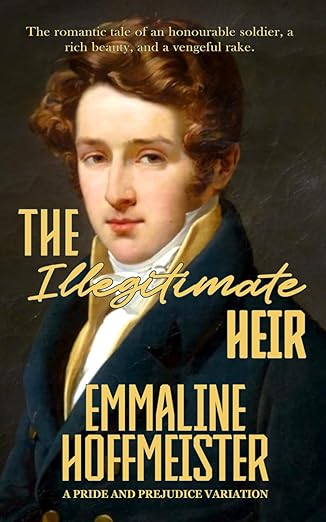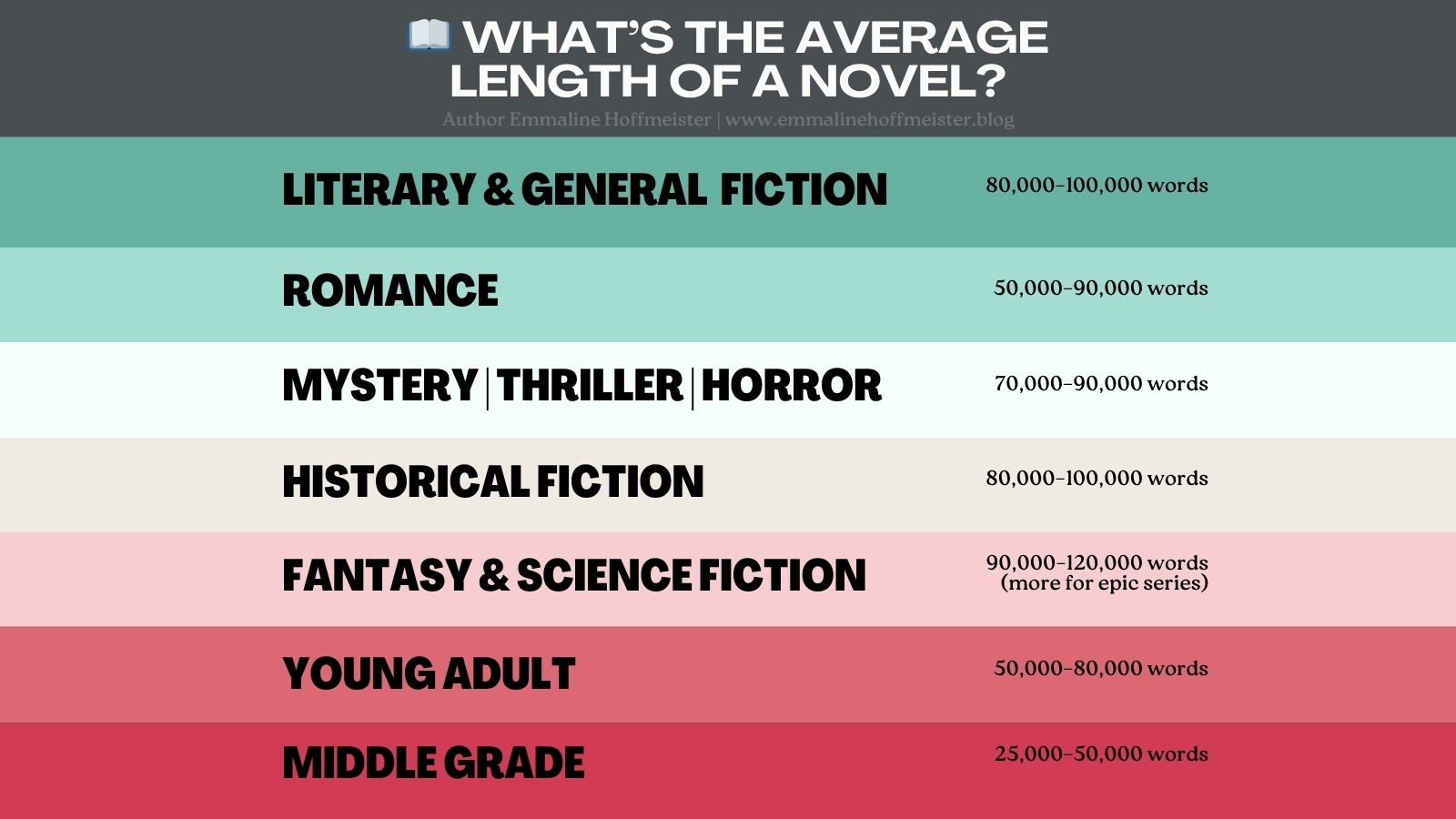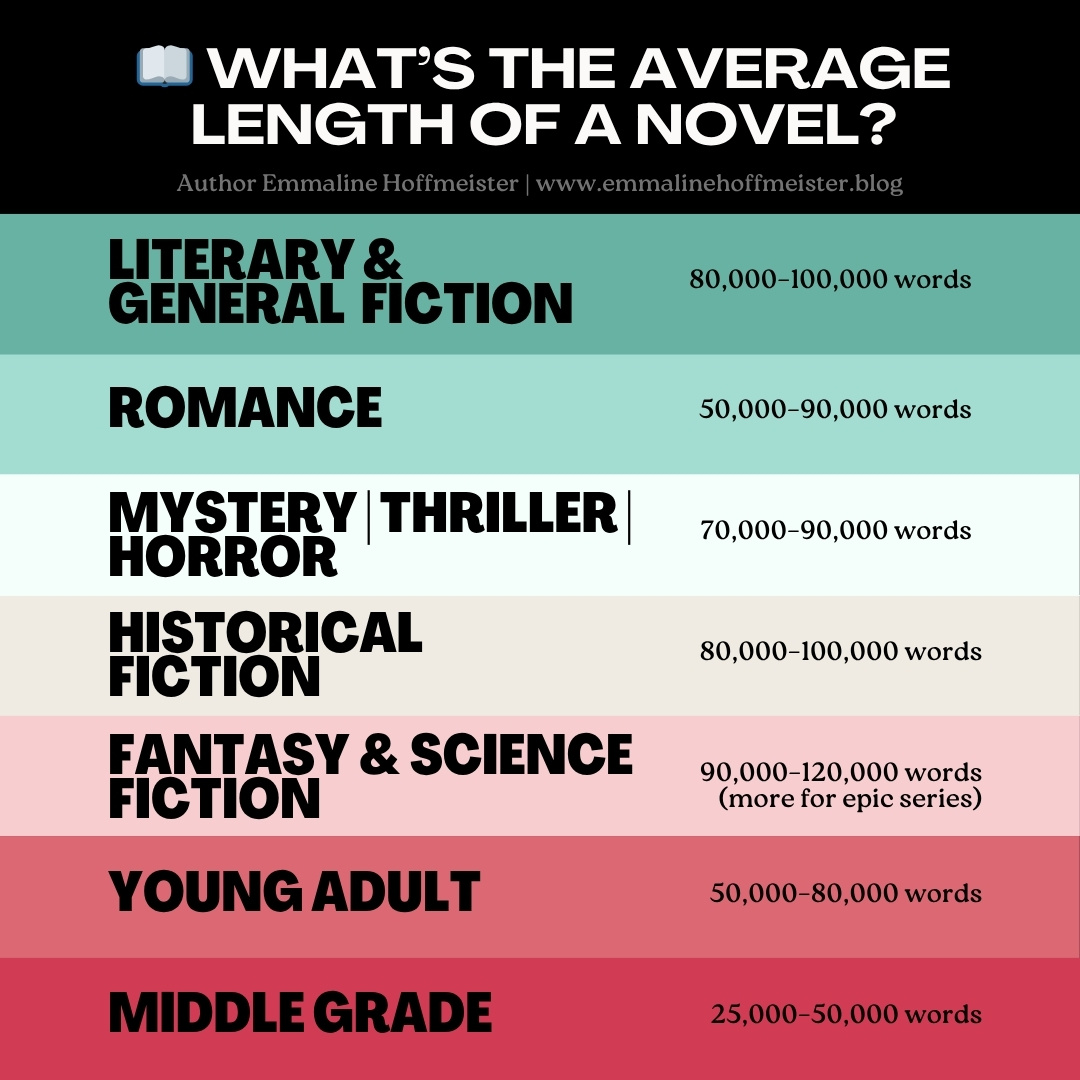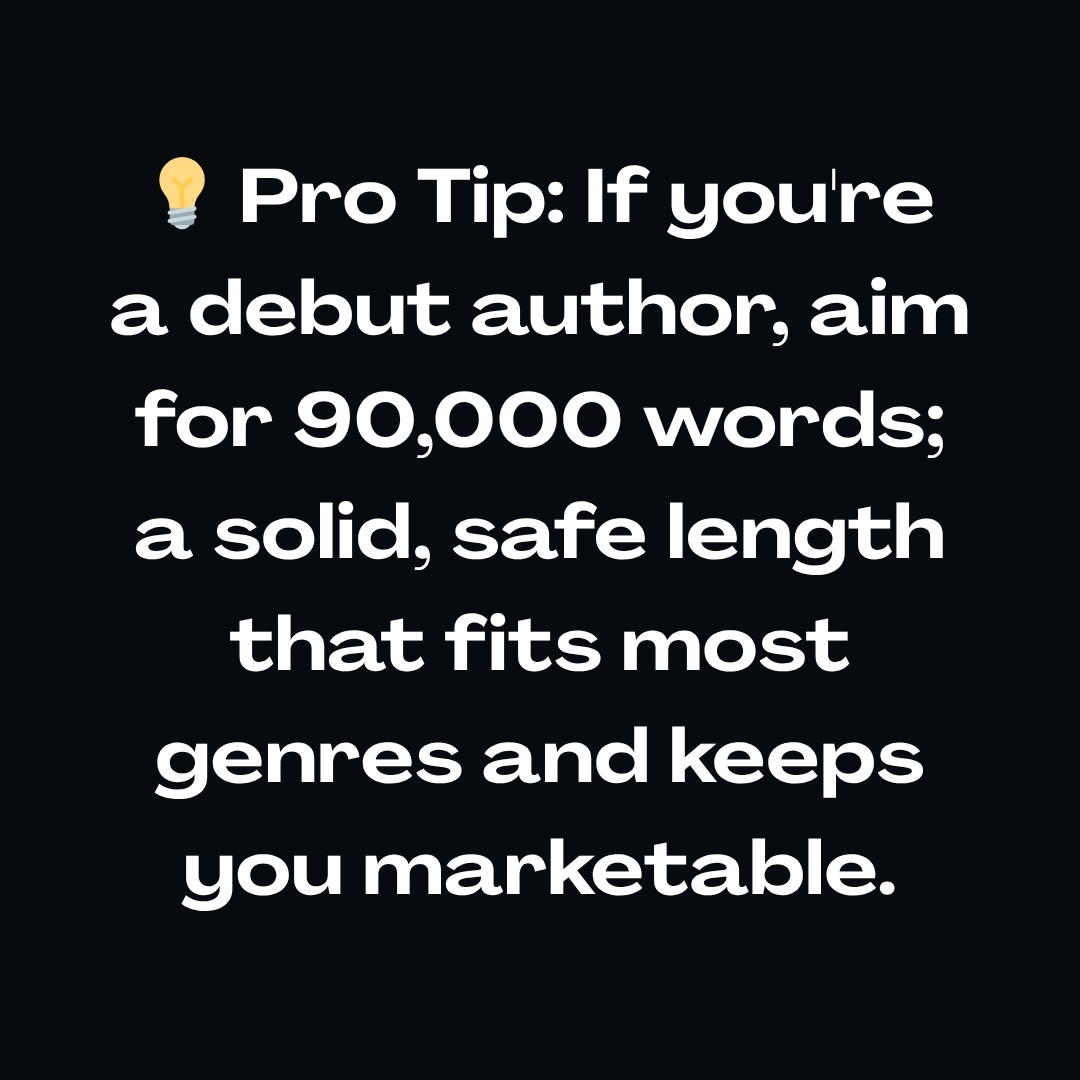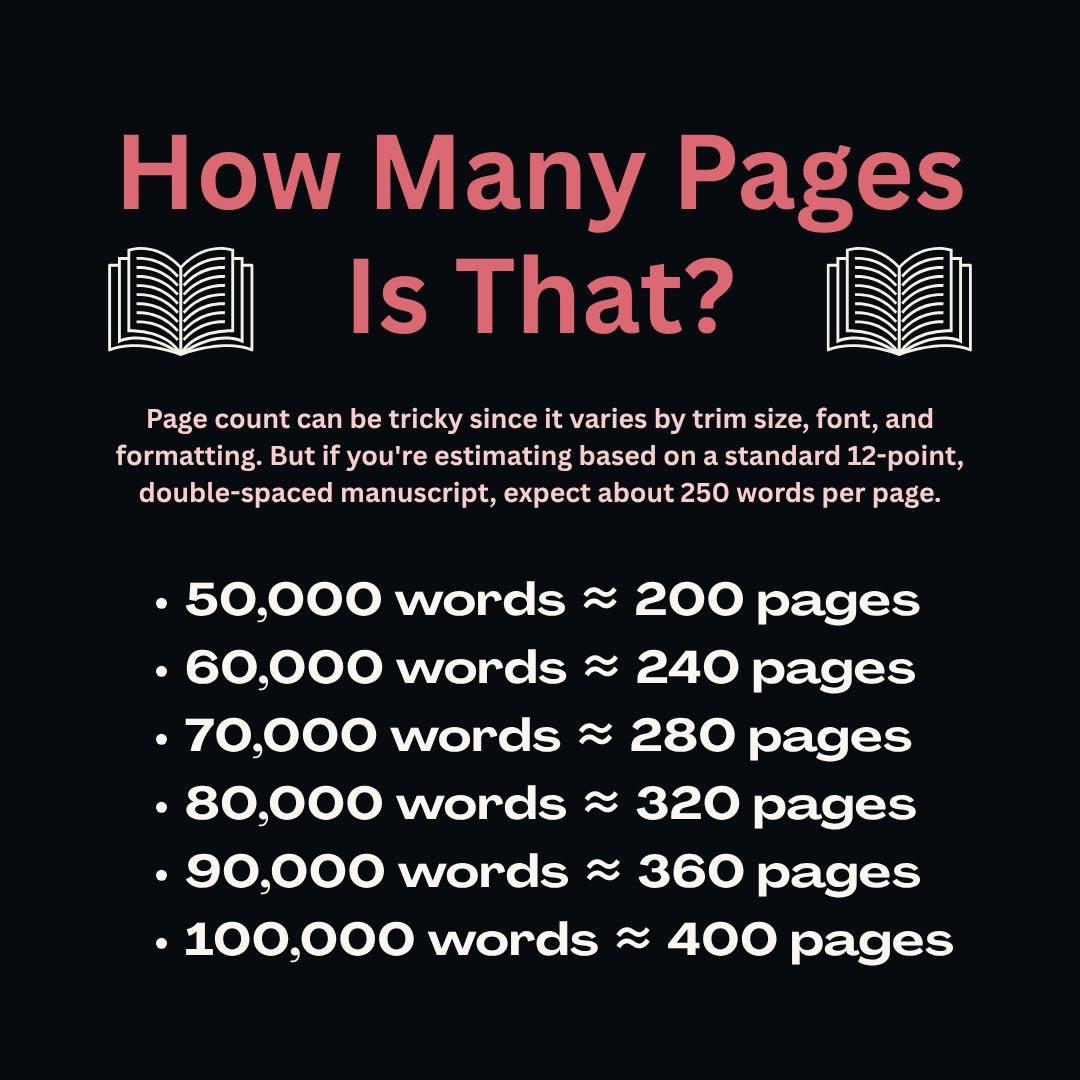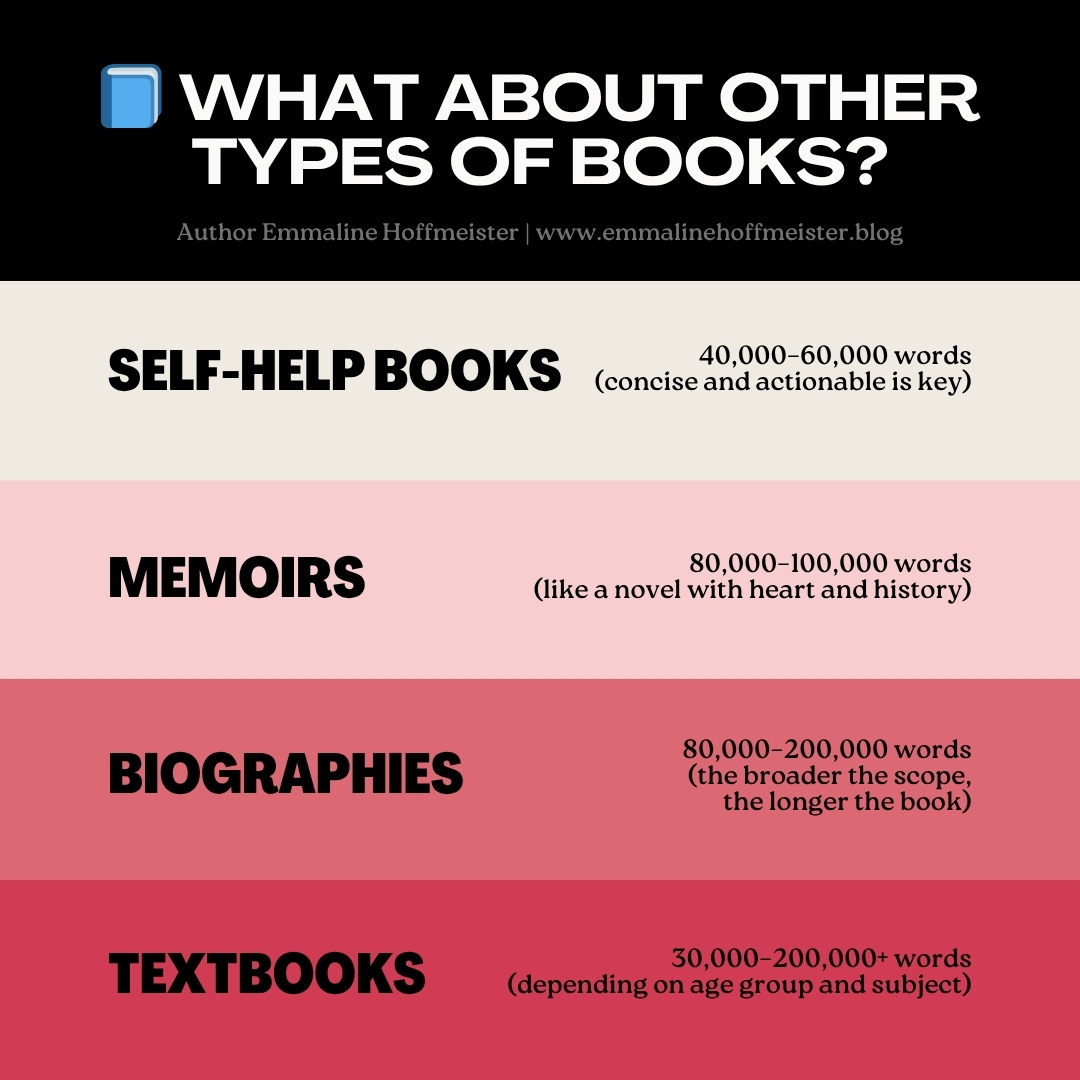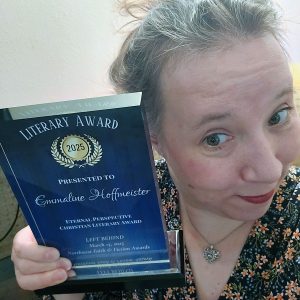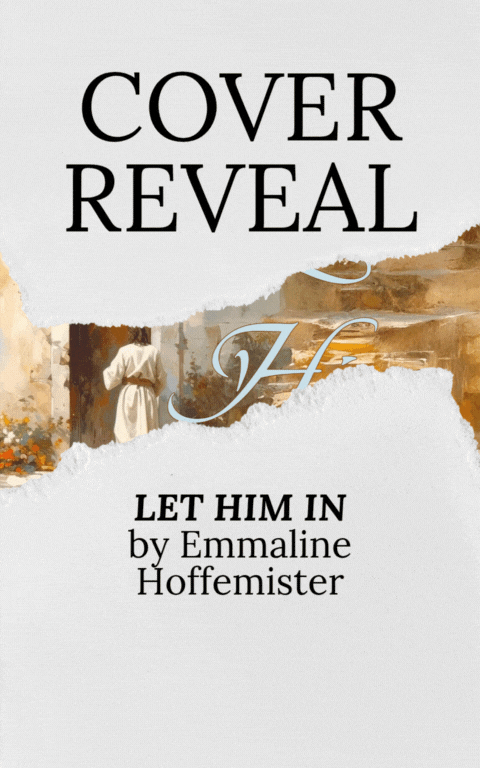📚 A Simple Guide to Fiction Word Counts by Genre
Does Your Book Hit the Right Length? Here’s How to Know.
Whether you’re plotting your first novel or revising a draft, knowing the right word count can help you shape your story, pace your plot, and meet reader expectations.
Write too little, and readers might feel short-changed. Go too long, and you risk losing their attention. So, how long should your book be?
Let’s take a look at average book lengths across different genres so you can set the right goal for your manuscript.
📖 What’s the Average Length of a Novel?
The word count of a novel depends heavily on your audience and genre. That said, most traditional publishers consider anything between 50,000 and 110,000 words to be within novel-length range.
Here’s a quick word count by genre breakdown:
- Literary & General Fiction: 80,000–100,000 words
- Romance: 50,000–90,000 words
- Mystery/Thriller/Horror: 70,000–90,000 words
- Historical Fiction: 80,000–100,000 words
- Fantasy & Science Fiction: 90,000–120,000 words (more for epic series)
- Young Adult (YA): 50,000–80,000 words
- Middle Grade: 25,000–50,000 words
💡 Pro Tip: If you're a debut author, aim for 90,000 words—a solid, safe length that fits most genres and keeps you marketable.
📏 How Many Pages Is That?
Page count can be tricky since it varies by trim size, font, and formatting. But if you’re estimating based on a standard 12-point, double-spaced manuscript, expect about 250 words per page.
Quick conversions:
- 50,000 words ≈ 200 pages
- 60,000 words ≈ 240 pages
- 70,000 words ≈ 280 pages
- 80,000 words ≈ 320 pages
- 90,000 words ≈ 360 pages
- 100,000 words ≈ 400 pages
Even if you write just one page a day, you’ll have a full novel draft in less than a year.
📘 What About Other Types of Books?
Fiction isn’t the only category where word count matters. Here’s how some other book types stack up:
- Self-Help Books: 40,000–60,000 words (concise and actionable is key)
- Memoirs: 80,000–100,000 words (like a novel with heart and history)
- Biographies: 80,000–200,000 words (the broader the scope, the longer the book)
- Textbooks: 30,000–200,000+ words (depending on age group and subject)
Want a shortcut? Study books similar to yours and aim for a comparable range.
🛠 How to Adjust Your Word Count
Too short? Add depth—develop characters, expand scenes, or introduce a subplot.
Too long? Trim repetition, tighten your pacing, and cut what doesn’t serve the story.
Your Story, the Right Size
Choosing the right word count isn’t about hitting an arbitrary number—it’s about telling your story in a way that resonates and sells. Understanding genre expectations helps you meet readers where they are—and ensures your book feels just right.
So pick your target, start writing, and trust that every word brings you closer to the story you were meant to tell.
Here’s another post that may be useful: HOW TO CLASSIFY YOUR STORY BY WORD COUNT







